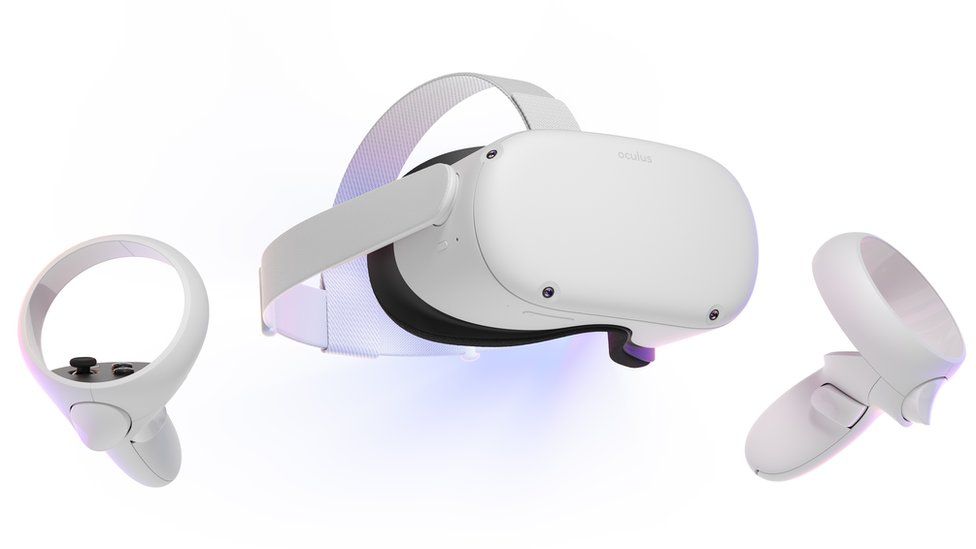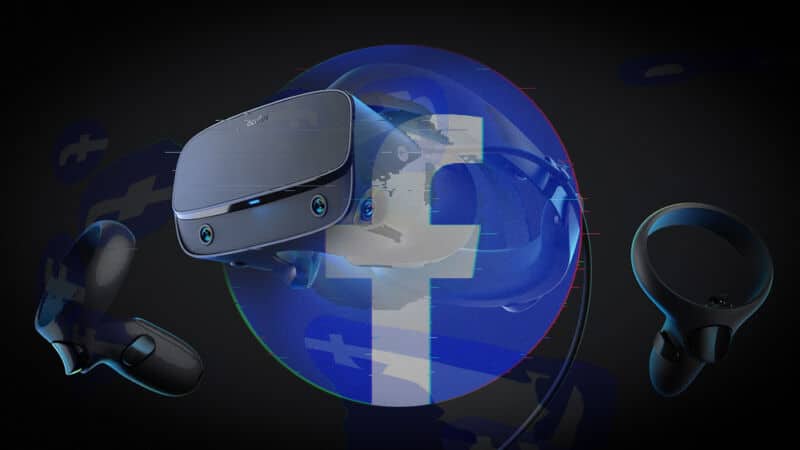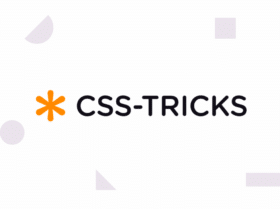Ever since Facebook acquired Oculus back in 2014, it began to invest significantly into VR technology as Founder and CEO Mark Zuckerberg himself believed in the far-reaching possibilities and potential of virtual and augmented reality.
Facebook has been hard at work in developing new VR apps that could help usher in a new level of VR- not only in games, but also in workplaces and other virtual environments and activities.
So, you may be wondering: What is Facebook virtual reality, exactly?
Facebook virtual reality is called Horizon Workrooms, which allows people to make use of the Oculus VR headgear to collaborate, communicate, and work with others virtually using avatars in a space created by virtual reality.
This is the first step to what Zuckerberg dreams of as the Facebook Metaverse.
The amazing thing about VR is that it still has a lot of potential that remains undiscovered and untapped.
Luckily, while a lot of different companies have given up on their VR dreams, Facebook is still very much willing to invest and work on creating a VR experience that could create novel ways of carrying out regular daily activities without the need to actually leave your home!
What Is Facebook Virtual Reality?

When we think about virtual reality, we often imagine the possibilities of this tech based on what we see in movies and shows.
In many cases, pop culture and mainstream media portray VR as the kind of technology that can basically take your brain or consciousness to an entirely different plane of existence!
For a lot of people, this is the ultimate level of virtual reality that should be aimed for.
VR definitely exists currently in our modern world. While our VR still isn’t quite close to the same kind of VR that movies like to show us, it still is quite capable of accomplishing a lot of amazing things.
Just by donning headsets, we can be immersed instantly in different environments and put right into the middle of the action when we are playing games. This is what has made VR a niche market today.
Still, no matter how improved our VR tech might be compared to what it was half a decade ago, it is yet to take off or even become something that’s quite mainstream.
Virtual reality is like an airplane that is always on the runway but just isn’t able to take off for whatever reason. It’s there, and it’s doing well, but it just doesn’t have that final, elusive oomph that would mean mass adoption of VR.
Tech giants like Google and Android once thought that VR was the future of entertainment. However, in the present day they have all but given up on their virtual reality aspirations.
Today, only a few companies that develop standalone VR headsets still exist. One such name is Oculus, which was a surprisingly ambitious company that was able to develop the Oculus Rift back in the early 2010s.
The development of the Rift was enough for social media giant Facebook to make a quick acquisition of the company.
When Facebook acquired Oculus, the consensus among the top personalities of the company (including Mark Zuckerberg himself) was that VR was going to become something big in the future- especially when its potential is fully tapped.
Since acquiring Oculus, Facebook has allowed it to grow on its own through different apps and games that you can use in VR.
Different Oculus headsets allow you to do different things. The Quest and Quest 2 are standalone headsets that can work on their own, even without a computer. Meanwhile, the Rift line works well in conjunction with PC apps and games that are VR-compatible.
So, while Facebook does indeed own Oculus, we are yet to truly see the social media giant’s mark with the VR technology now in its possession.
More recently, things have started to change with the introduction of what many people like to call Facebook Virtual Reality. But what is Facebook VR?
When we think of Facebook, we cannot help but think about the social network platform that basically launched the entire social media movement into orbit.
Of course, the Facebook app can be used for a lot of different things, such as:
- Watching videos
- Reading news articles
- Posting photos
- Sharing different everyday happenings
- Collaborating with friends and workmates in groups; and last but not least
- Communicating with other people.
In a way, when we think about what Facebook VR can accomplish, it should have something to do with what the social media platform is already capable of.
That means that you can potentially carry out everything you can do on Facebook currently- with the added fact that you will be doing so in virtual reality instead of simply on a computer screen or a smartphone display.
This, conceivably, is where Facebook’s Horizon Workroom comes in.
It is envisioned to become one of the first apps that is going to make up part of Facebook’s VR metaverse, wherein you can basically perform multiple daily activities through virtual reality.
Horizon Workrooms is actually a virtual workspace that you can use through an Oculus Quest VR headset to work and collaborate with different people in virtual reality.
It is simply one of the first steps that Facebook has taken when it comes to what is being planned as it continually builds its Metaverse of the future.
How Does Facebook VR Work?

By now, you’ll know the basics of what Facebook VR entails in that it takes the form of the Horizon Workrooms through Facebook’s Oculus Quest headset.
But how exactly does Facebook VR work?
The first thing that a potential user will need is an Oculus Quest or Quest 2 headset and the aforementioned Horizon Workrooms app (which is actually still undergoing beta testing as of this writing). The app should be available for download via your Oculus Quest or Quest 2.
From there, you will need to create your own Workrooms account through your computer browser.
The browser will also be necessary when you want to pair your Oculus Quest VR headset with your Horizon Workroom account later on.
After downloading the Horizon Workrooms app the final step is to launch it using your Quest headset, and then to enter your Workrooms account code as shown in the headset in your computer’s web browser.
Once you’ve successfully logged in, you’ll soon realize that the way it works is quite unlike any other kind of online meeting experience you’ve ever had before.
Since the COVID-19 pandemic broke out, different collaborative and meeting apps have become so popular among businesses, schools, and different organizations all over the world. Names such as Zoom and Google Meet became commonplace in today’s world due to their effectiveness in allowing people to hold online meetings and conferences.
However, while meeting apps became very popular by being the next best thing for people to use whenever they wanted to hold meetings without the need to actually meet in person, the experience still isn’t quite the same as seeing colleagues face-to-face.
The absence of this immersive factor, as well as the human aspect of communication, is what separates online meeting apps from actual face-to-face meetings.
In a way, Facebook’s Horizon Workrooms bridges this gap by making online meetings more interactive without requiring people to actually physically congregate by allowing them to do so in a VR setting instead.
What Horizon Workrooms does is take the user to a virtual workroom where they and several other people can hold meetings via virtual avatars.
In that way, while you are using Workrooms through your VR headset, you are placed in a position where you feel like you are almost actually conversing and interacting with people in the (virtual) flesh!
Additionally, Horizon Workrooms also allows you to make use of your hands for a more interactive experience.
The Quest’s amazing hand-tracking technology allows you to have a virtual representation of your keyboard so that you can still type and make notes while you are in the middle of a meeting.
Due to all of these factors, Facebook VR- in the form of Horizon Workroom-, gives you a more interactive way of meeting and conversing with people when holding meetings and conferences.
It is an experience that is arguably a lot better than merely talking to a person through a computer or a phone screen because of how you are basically plopped into a virtual world where you and other people can link up without physically meeting.
(All the more vital in a COVID-19 affected world!)
Horizon Workroom is only the very first step in what Mark Zuckerberg wants to ultimately achieve: A Metaverse wherein Facebook VR can be explored on a deeper level.
He has even stated that he wants Facebook to ultimately become a metaverse company instead of simply a tech or a social media company.
One of the ways for that to happen is to invest in technology such as Facebook VR, which has the potential to give other VR apps a launching platform in the future.
Still though, Horizon Workrooms is by no means perfect in its current iteration. There are plenty of issues presently that will eventually make it bothersome for some people to use.
For example, the Oculus hand-tracking isn’t perfect and may lead to unintended mistakes.
There is also the fact that it is yet to feel completely smooth both on the video and audio side of things, as there are some instances where lagging and minor graphical issues that can affect a person’s overall VR experience.
In a lot of ways, Horizon Workroom is right now more of a niche experience that some people may want to try out- but which will likely not gain the traction that it needs to convince the masses to adopt.
It does feel fun, immersive, and interactive, but the cost of entry is still pretty much high. In the majority of cases, people will likely rather stick with their smartphones and computers while holding online meetings.
However, if Facebook VR ultimately becomes mainstream in the future and that Facebook fulfills its goal of becoming a metaverse company, then it might be worth looking at the potential of what virtual reality technology can do for us.
Until then, it probably is still going to be a niche market that only true diehard VR fans and those with enough money to throw around will enjoy.
Is Facebook VR Different Than Other VR?

Almost every form of VR today is no different from any other in the sense that they all use pretty much the same kind of technology.
For example, Facebook’s Oculus headsets are probably not too different from the HTC Vive or the PlayStation VR. There might be differences in the specs, but the capabilities are more or less the same.
The biggest difference between Facebook VR and other VR platforms is more in relation to their intended purpose.
Most of the different VR apps that we see are geared more towards entertainment and gaming than anything else.
Since entertainment is seen more as a luxury rather than a need, it becomes understandable why VR has yet to catch the attention of the everyday public.
In contrast to this norm, the underlying purpose of Facebook VR through its Horizon Workrooms and other future apps is more practical and applicable in nature to the average person’s daily life.
While other VR technology focuses more on the entertainment aspect, Facebook has chosen to align itself with its roots by allowing people to connect and become social and productive through VR.
Just imagine the possibilities of being able to have an entirely different kind of social media that’s grounded in VR technology!
Horizons Workrooms has given us a glimpse of this by allowing us to hold meetings in a virtual workroom. So, in a way, you can probably expect something similar from Facebook VR in the future- especially with how the company wants to stay true to its Facebook branding.
Due to how Facebook VR is probably going to lean more on the practical side of virtual reality, it will probably be easier for them to bring consumers over to VR especially when these consumers begin to learn the benefits of being able to use VR headsets in a useful manner.
Sure, donning blocky headsets and slicing at monsters is one thing, but actually being able to carry out daily productive activities through the use of VR is the one trump card that can really help to put virtual reality tech on the “Must-Try” map!


















